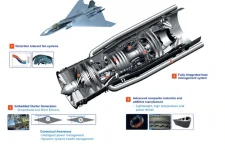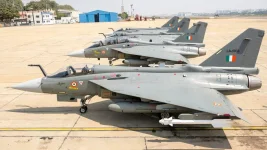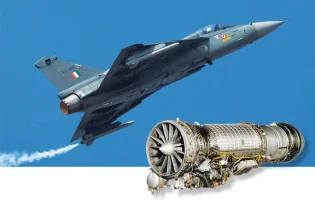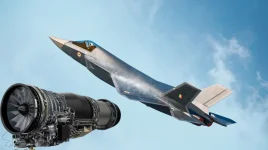In a significant advancement for India's defence manufacturing capabilities, industrial giant Larsen & Toubro (L&T) has entered into a strategic partnership with the Hyderabad-based startup Green Aero to co-develop micro turbojet engines.
This collaboration, finalised in July 2025, is set to equip high-speed unmanned aerial vehicles (UAVs) with domestically produced engines, marking a crucial step towards achieving self-reliance in critical aerospace technology.
Larsen & Toubro's Precision Engineering and Systems division is a well-established supplier for the Indian Armed Forces, with over three decades of experience in providing complex systems for defence and aerospace.
The company has played a vital role in national projects for the Ministry of Defence and the Defence Research and Development Organisation (DRDO).
This new agreement combines L&T's extensive manufacturing expertise with the specialised propulsion knowledge of Green Aero, an emerging innovator in the aerospace field.
Green Aero, founded in 2023, has rapidly made a name for itself in jet propulsion technology. The startup achieved a major technical milestone in May 2025 with the successful test of a hydrogen-powered jet engine.
While that project demonstrated its innovative capacity, this new venture with L&T will concentrate on creating conventional micro turbojet engines specifically for military drones.
These engines are essential for powering UAVs designed for high-speed surveillance, reconnaissance, and combat operations, requiring a high thrust-to-weight ratio for superior performance.
The partnership will see L&T integrate these new Indian-made engines into its own range of tactical UAVs.
L&T has already secured design approval from the Centre for Military Airworthiness & Certification (CEMILAC), allowing it to produce advanced drones, including fixed-wing and vertical take-off and landing (VTOL) models.
The integration of indigenous engines is expected to significantly boost the performance of these platforms, particularly for missions conducted at high altitudes and over maritime domains.
The goal is to produce compact and lightweight engines that rival global standards, such as the PBS TJ150 engine which can generate up to 1,500 Newtons of thrust.
The resulting drones are projected to achieve speeds of approximately 450 km/h with an operational range of over 200 km.
These capabilities will provide the Indian Armed Forces with greater operational flexibility and a rapid-response advantage in intelligence gathering and tactical strike missions, strengthening the nation's overall defence posture.





